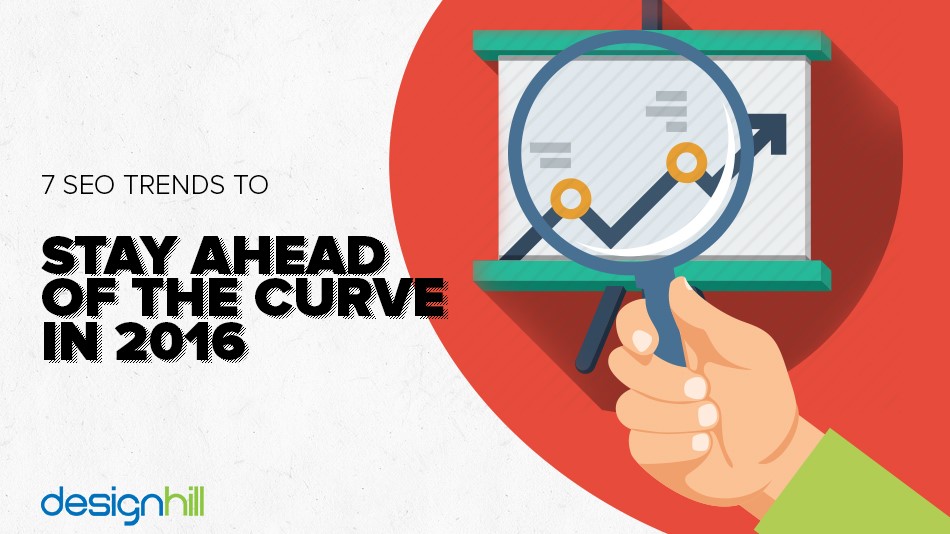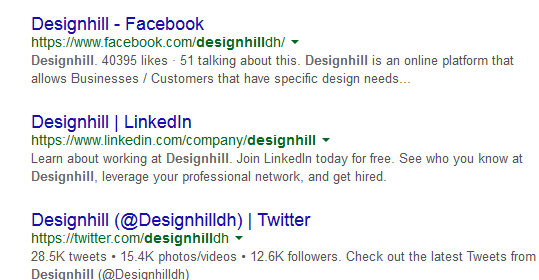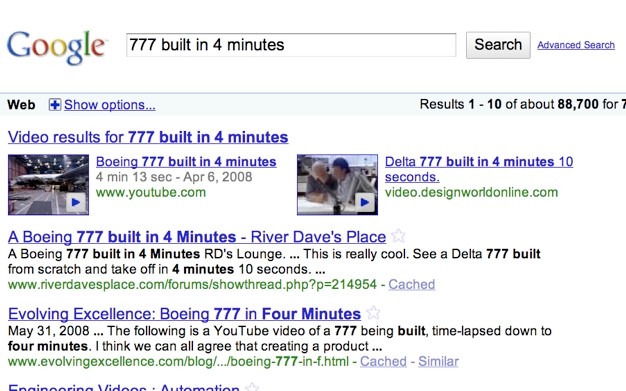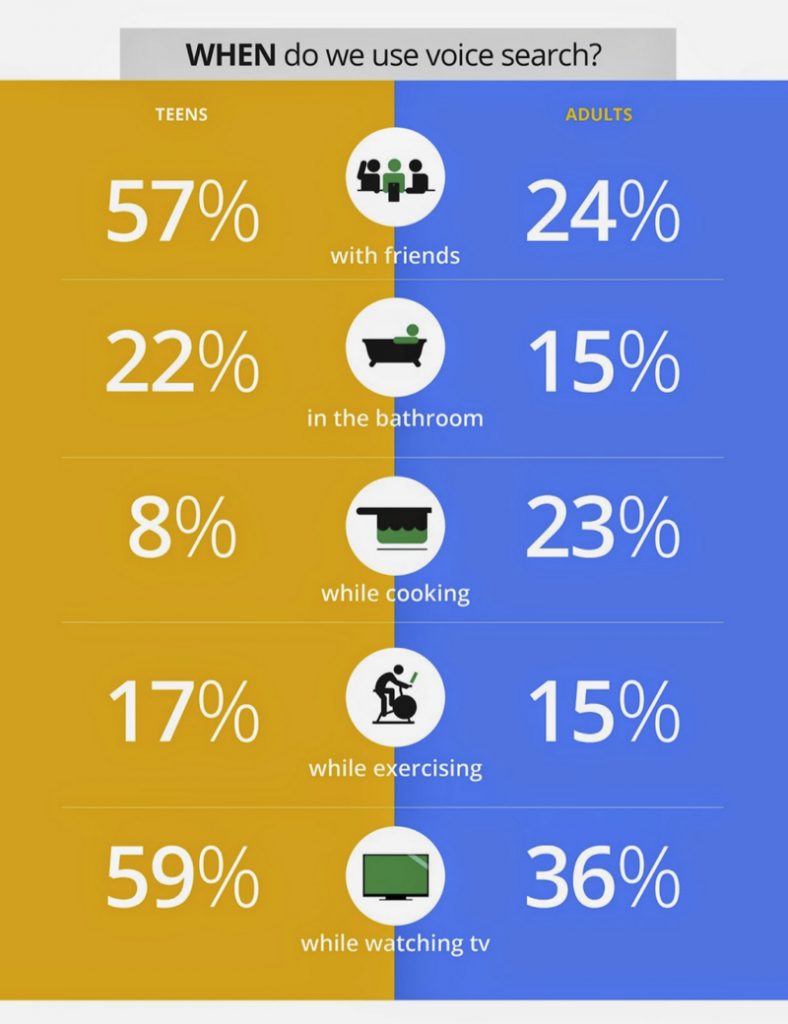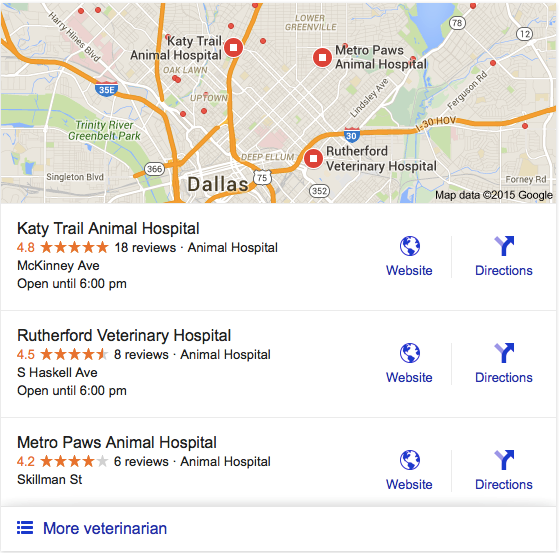How to Improve Your Search Engine Ranking on Google
When I first started as a webmaster, there were numerous search engines around. Nowadays, though, we are, for the most part, left with only Google and Bing, with Google providing the majority of visitors to most websites, including thesitewizard.com. This article provides some tips on how you can improve the position of your site in the search engine results on Google.
Improving Your Site's Placement on Google's Search Engine Results
Google ranks a page according to a large number of factors. Exactly what these factors are is apparently a trade secret, although there are number of well-known things that contribute to the ranking of a page.
Links Pointing to Your Website
One of the factors that contribute to a web page being considered "important" is the number of links pointing to that page. For example, if your page has 100 quality links leading to it, it will be ranked higher (in Google's estimation) than one that only has 20.
But what are "quality" links"? These are links from other popular pages, that is, pages that have, themselves, many (quality) links pointing to them. (Yeah, I know. My definition is circular. And it's possible that the search engine has other factors that determine the quality of a link.)
Anyway, in general, since Google ranks your pages according to the number of links pointing at your page, your site will do better if it has more links pointing to it.Your Title Tag
Google seems to give weight to the title of your page. By title, I mean the text that is sandwiched between the HTML <TITLE> tags in the <HEAD> section of your web page. If you use a Web editor that automatically inserts a title like "New Document", remember to change it to some meaningful text with your keywords inside to reap the benefit of this feature. Otherwise, your site will only feature in the search results when someone looks for "New Document".
Note: by "keywords", I mean the words people will use when searching for your site. For example, if your site sells bicycles, then one keyword for it would be "bicycles", since that's the word you'd expect people to use when searching for bicycles.Your Page Must Have the Words You Think People Will Search For
Besides the title tag, if you want your website to feature in Google's results when someone searches for a set of words, say "Widget X", those words must actually occur on your page. Think about it from the point of view of a search engine. If you don't put the words "Widget X" somewhere on the page, how is the search engine supposed to know that the page deals with that topic? The search engine is not a human being who can draw inferences from the general tone and content of the page. Even if it can handle some synonyms, you're going to compete with other sites who have specifically placed those words on their site.
I know this point seems self-evident (once you've come across it). However, from experience, many webmasters (me included) don't seem to realise ("realize" in US English) that when they are first starting out.Keyword-laden Links
According to a paper published by one of Google's founders, if the links pointing to your page has some words in them, those words will be regarded by Google as an additional indication of the content of your page. For example, a link with the text "Cheap Shoe Store" pointing at your page will cause Google to think that your page is relevant when someone searches for "cheap shoe store".
However, my recommendation is that if you think a particular set of words is relevant to your site, don't rely on some random site on the Internet to link to you with those words. Put them directly on your page.
Other Google Tips
Use a Search Engine Site Map
Although not strictly necessary, if you find that Google (or Bing, for that matter) is not able to discover some pages on your website, create a site map. I don't mean the type of user site map that you see on thesitewizard.com (which is primarily meant for human beings), but a site map that is specially designed for search engines. While such a site map does not guarantee that Google will index and list every page, it will at least help it discover those missing pages if your site design is such that it has impeded the search engine from finding them before.Check Your Robots.txt File
Like all respectable search engines, Google will read and obey a special text file on your website called the "robots.txt" file. You can control where search engines are allowed to go with this file. A corollary of this is that you can also inadvertantly block the search engine from going to certain parts of your site. It's generally a good idea to create a robots.txt file for your website, even if it's an empty file with zero bytes (which means that search engines are allowed to index everything on your site).ALT text on Images
If you have been placing images on your website without bothering to place ALT text, now is a good time to add them. An "ALT text" (or alternate text) is just a way of putting a brief description (using words) of what your picture shows. They are needed by the software used by the blind so that they know what's in the picture. Since all search engines, including Google, are essentially blind, relying on words, they also need the ALT text. The description you give in the ALT text is treated like the words occurring on your web page, although I don't know if they are regarded as being of equal importance.Be Careful Whom You Hire
Google's use of links to rank a website has at least 2 side effects on the Internet. Firstly, people seeking to rank higher have engaged companies to furnish them with zillions of links. Those companies presumably set up a whole bunch of sites for the sole purpose of linking to their clients. Secondly, as a response to this, the Google programmers have retaliated (and continue to do so) by discrediting links from such "link networks" as well as penalising the sites that pay them for the service.
It's apparently possible to run afoul of this even if you have no intention of buying links. For example, if you are not careful, and have engaged a search engine optimisation ("SEO") company to improve your site's performance on Google, and they use a link network, your site may inadvertantly get caught in the crossfire of this ongoing war between the link networks and Google.The META Keywords Tag is Ignored
The Google search engine ignores the META keywords tag, and has always done so. If you have received spam from some wannabe search engine optimisation "specialist" telling you that you need to add this to your site, think twice about hiring him/her, since this recommendation already gives you a hint of the extent of his/her knowledge.Dynamic Pages and Google
Like all modern search engines (yeah, all 2 of them), Google is able to index dynamically generated pages, so long as a link to those pages exists somewhere. For example, a page like "http://example.com/showstuff.php?page=19" can be indexed by Google, so you don't really need to rewrite your URLs if you can't be bothered.
If you have a dynamically generated page that you think should be indexed, just make sure you put a link to it somewhere on your site. This applies to all web pages that you want indexed anyway, so even if you don't understand what I mean by "dynamic page", it doesn't matter. Make sure that all the pages of your site can be found through at least one link on your site. If they are not linked to from somewhere, no one will be able to find it, neither Google nor your visitors (unless they are psychic).Disabling the Caching of Your Page Will Not Affect Your Page Rank
In ancient history, it was claimed that Google would penalise pages that forbade it from caching their pages. As you know, the Google search engine caches the pages it indexes unless otherwise instructed. To avoid problems with people who dislike this, they allow sites to instruct Google not to cache those pages.
Google have ("has" in US English) apparently publicly denied that disabling caching would affect the page's ranking in any way. I tend to believe their claim.Don't Waste Your Time With The Google Toolbar's Page Rank
In prehistoric times, you could add something known as the Google Toolbar to your web browser, and get something known as the "Page Rank" shown for any site you visit. In those days, the "Page Rank" would give you an idea of how important Google thought your site was.
Nowadays, the Page Rank is only one of apparently zillions of factors used by Google in ranking a website. They also discourage people from focusing on the Page Rank, and as a result, do not actually update the rank displayed on the toolbar in a timely fashion. (That is, the rank shown is often many months out of date.) In fact, I'm not sure if the page rank is even shown on the toolbar anymore.
In other words, it's not worth your time to install the toolbar.
